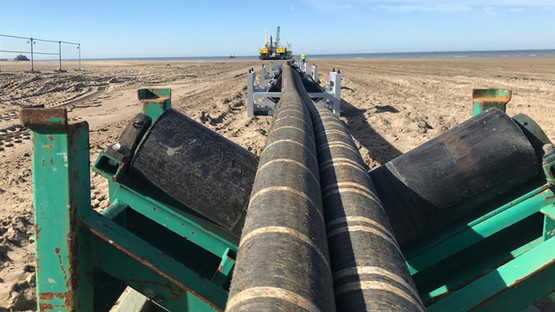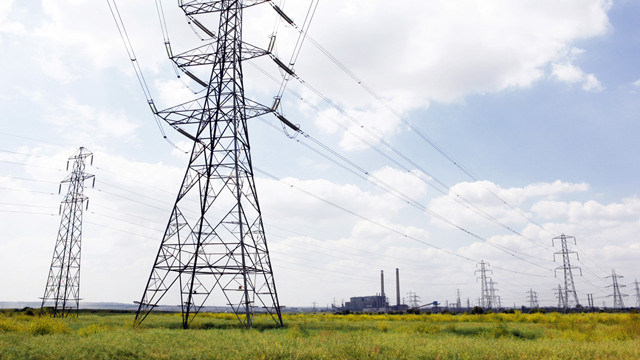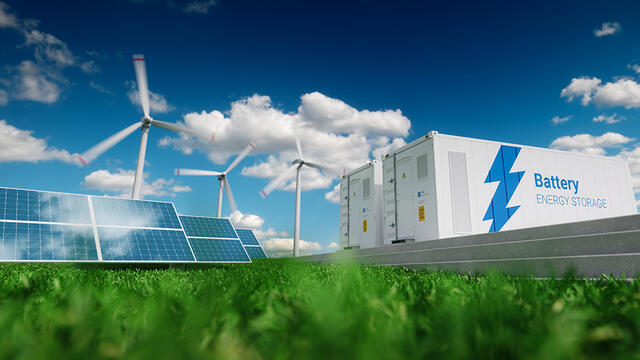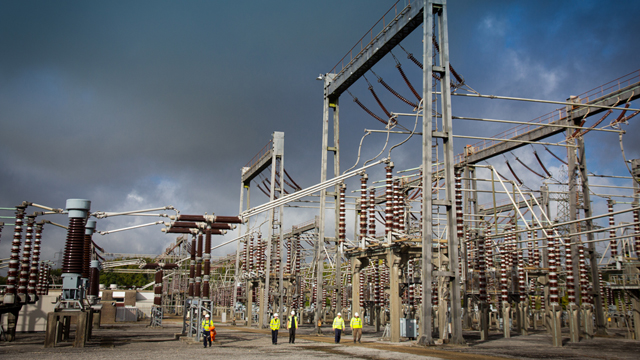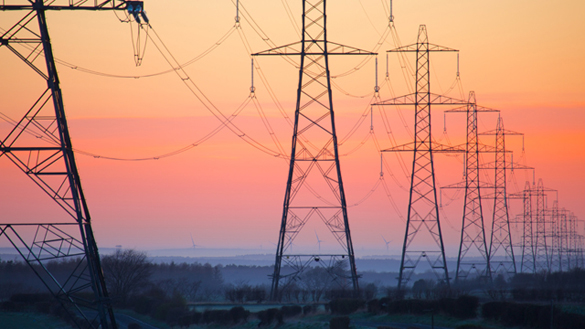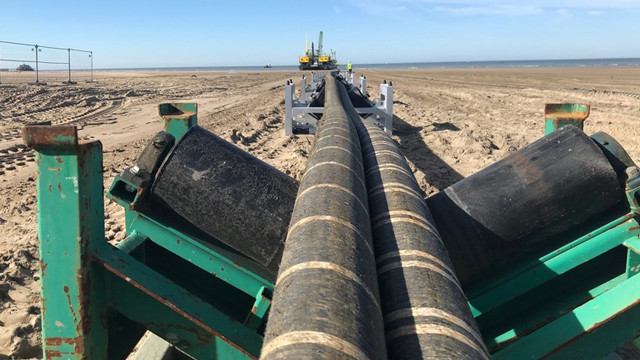
What are electricity interconnectors?
Electricity interconnectors are high-voltage cables that connect the electricity systems of neighbouring countries.
They enable excess power, such as that generated from wind and solar farms, to be traded and shared between countries. This ensures that renewable energy isn’t wasted and makes for a greener, more efficient power system.
What is an electricity interconnector?
An electricity interconnector runs under the sea, underground or via overhead cabling, to connect the electricity systems of two countries. It allows the trading and sharing of surplus electricity. There are also gas interconnectors, which enable the sharing of natural gas in a similar way.

How do interconnectors help make the energy network greener?
Interconnectors allow us to move surplus renewable electricity from where it’s produced to where it’s needed most. For example, North Sea Link connects the UK with Norway and enables power sharing between the two countries.
When weather conditions mean that supplies from UK wind farms and solar are lower, we can draw on carbon-free Norwegian hydro power. Meanwhile, on blustery or very sunny days in Britain, our excess renewable energy can be sent via the interconnector to Norway.
Whichever direction the power flows, by sharing it we’re using every spare electron of zero carbon power and reducing waste.
What other benefits do interconnectors have?
The benefits of interconnectors include:
- Interconnectors allow access to a wide range of markets and generation types, which will save consumers millions of pounds a year by 2024.
- By connecting Great Britain to broader and more diverse sources of energy, interconnectors also play a vital role in making the country's electricity system more secure.
- Interconnectors allow operators to react quickly to changes in supply due to the intermittent nature of renewable energy generation and manage peak demand by sharing with neighbouring countries in different time zones.
How many interconnectors does National Grid have?
National Grid operates six interconnectors, connecting the UK with France, The Netherlands, Belgium, Norway and Denmark.
Our sixth interconnector, Viking Link, went live at the end of 2023 and joins the UK with Denmark. With a capacity of 1.4GW, Viking Link could enable the sharing of enough green electricity to power up to 2.5 million UK homes. And, with a total length of 475 miles (765km), it's the world's longest onshore and subsea interconnector.
Find out more about our interconnectors
How deep under the sea are interconnectors and how long are they?
Constructing subsea interconnectors is a remarkable feat of engineering – some are in waters that are up to 600 metres deep and they can be hundreds of kilometres long. North Sea Link is the world's longest subsea electricity interconnector and stretches for 450 miles (724km) between Blyth in Northumberland and the Norwegian village of Kvilldal.
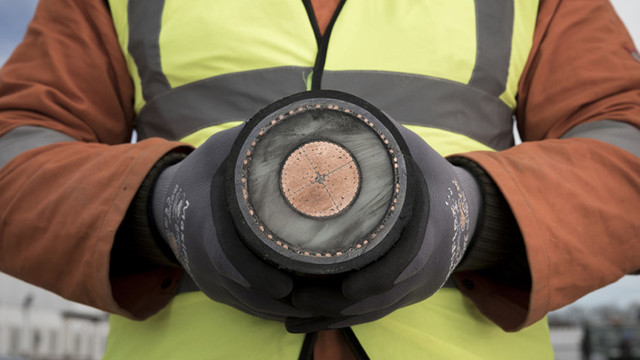
How much of of Britain’s electricity is sourced via interconnectors?
In 2022, National Grid's interconnectors supplied 4.8% (13.7TWh) of total electricity consumption in Great Britain. Approximately 70% of this energy came from zero-carbon sources.
Now in 2024 we're operating six interconnectors, exchanging 7.8GW of power between Great Britain and Europe. This is enough to supply 15% of our country's electricity requirements.
What is a multi-purpose interconnector?
Existing ‘point to point’ interconnectors run directly from one location in one country to another, while individual wind farms have to connect one-by-one to the shore. A multi-purpose interconnector will let clusters of wind farms connect directly with the interconnector itself, acting as a green energy hub.
When was the first subsea electricity interconnector built and where?
The first subsea electricity interconnector entered operations in 1961, linking the UK and France. Interconnexion France-Angleterre (IFA), National Grid’s first interconnector, went live in 1986 and also links the UK and France.
Can I see the impact of interconnectors to and from the UK?
Our Power of Now website shows how much CO2 is being saved by using interconnectors to and from the UK at any one time.
Last updated: 16 Jan 2024
The information in this article is intended as a factual explainer and does not necessarily reflect National Grid's strategic direction or current business activities.
Find out more about interconnectors
Find out why interconnectors are becoming such an important part of our energy system, how they’re developing to share even more energy in the future, and why they’re already playing a big part in helping us to reach net zero carbon emissions.
Watch our video to find out more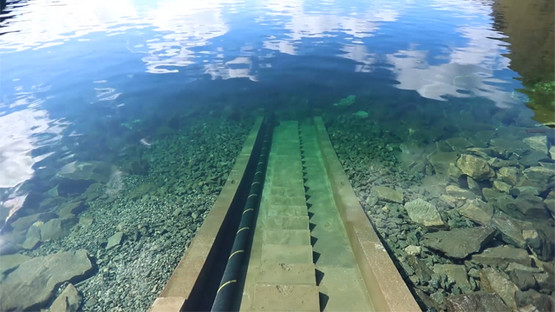
Interconnectors – separating the myths from the facts
There are a lot of common misconceptions about interconnectors and the role they play in helping us to reach net zero. Here we address your concerns and questions about interconnectors and have asked our experts to bust the most common myths about these giant undersea electricity cables.
Find out the truth about interconnectors